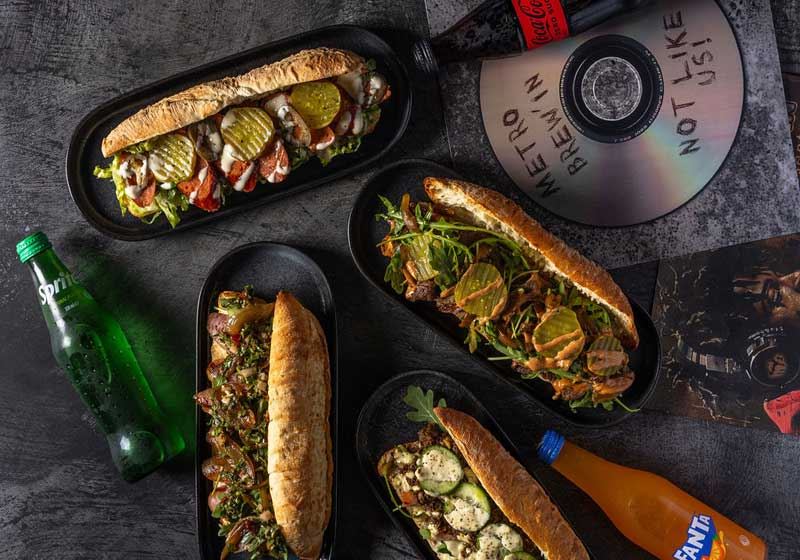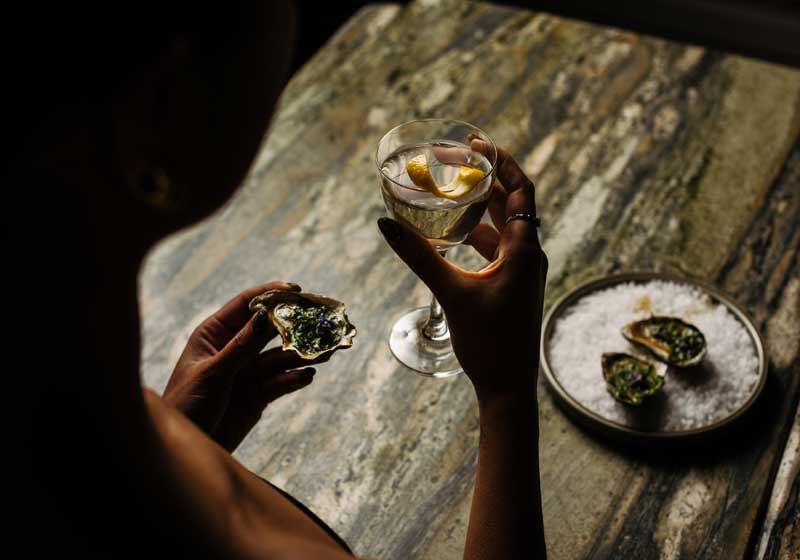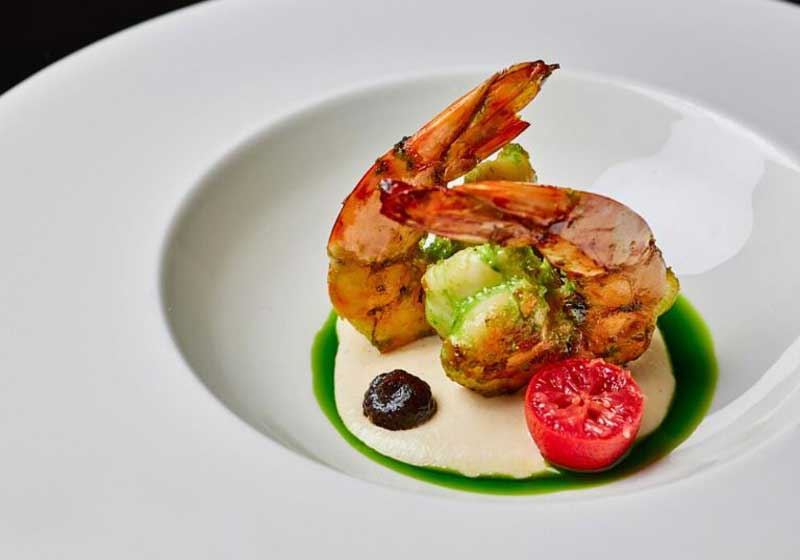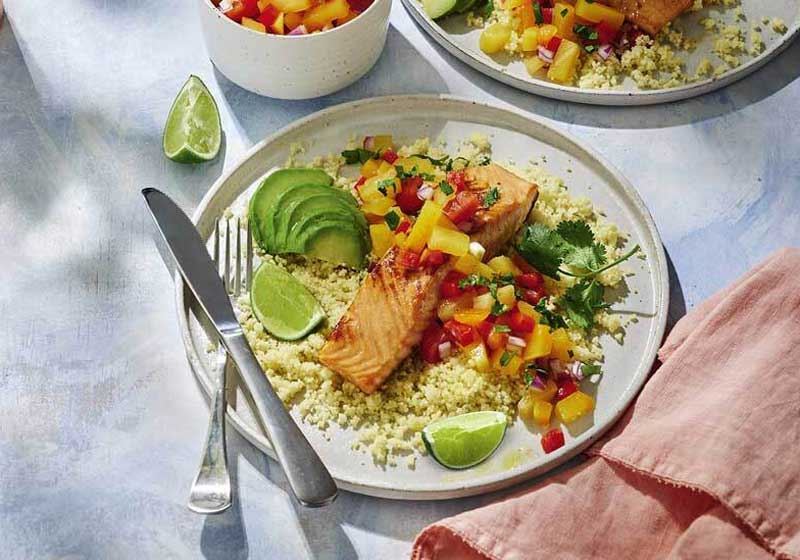By Laura Rancie.
For those who are more health conscious and want dairy-free alternatives to chocolate, cacao is your answer. Absolutely jam packed with nutrition and high amounts of antioxidants, magnesium, iron, and calcium.
The Amazonian superfood, known as cacao, is truly a superfood with anti-aging and disease-fighting benefits. Although initially fiercely bitter when consumed independently, if mixed with natural dates or honey, cacao tastes just like chocolate! What can get confusing though is what the difference is between cacao (powder and nibs), cocoa (powder) and chocolate (in all its forms of deliciousness).
You may have noticed that chocolate has the ingredient cocoa, but it is not exactly considered good for you, whereas both cacao and cocoa (in their natural state) can be beneficial even if high in calories. Sometimes the difference between cacao and cocoa is great, other times it is just about great marketing.
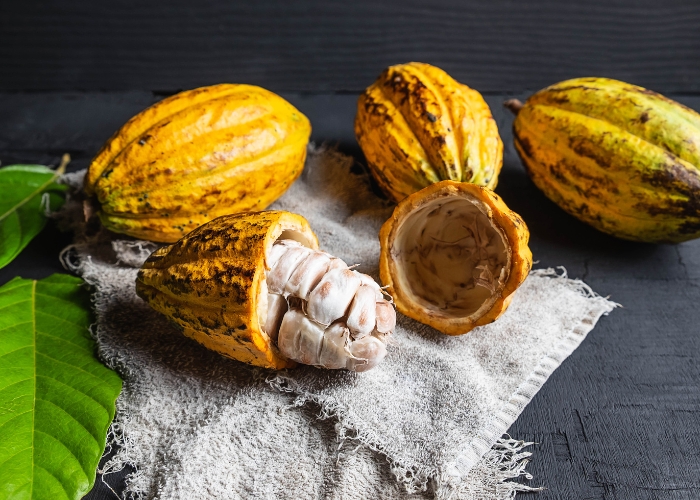
FACT:
Chocolate is made from cacao beans, from the Theobroma cacao tree. The plant produces large, pod-looking fruit with around 50 beans surrounded by sticky white pulp.
CACAO:
The cacao plant grows cacao beans, which are harvested and separated from the pod, fermented, dried and pressed to separate the fat (cacao butter) leaving pure cacao powder.
That’s it! The easiest way to describe it is that cacao refers to a more untouched, natural product void of sugar.
CACAO NIBS:
Alternatively, before turning into a powder, you can separate the nib from the exterior shell of the bean. These are the nibs you often find as a topping on smoothie bowls, or in homemade granola.
Cacao nibs and powder contain a source of iron that is easily absorbed by your body. Vegetarians and vegans may especially profit from this, as another way to consume naturally occurring iron. Cacao products also contain tryptophan - an amino acid your body uses to make serotonin, a brain chemical that helps you relax.
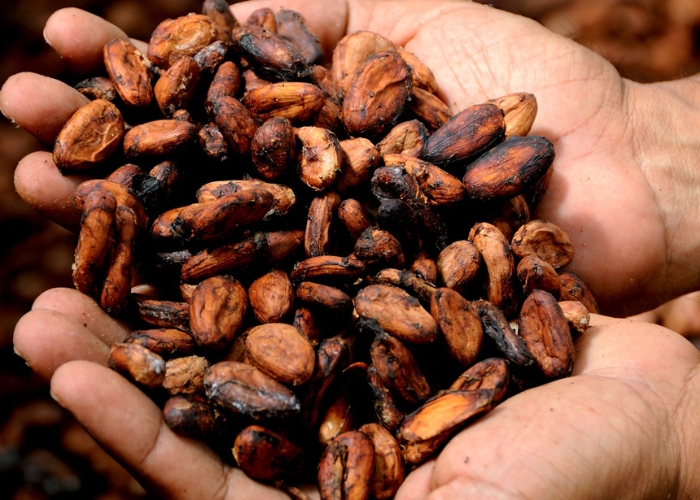
COCOA:
The most simple way to describe the difference is that at the point of separating the beans from the pod, the whole seeds of the cacao fruit are ground, heat treated and processed a little further with added sugar. Next time you’re at the supermarket, check out the label on a tin of hot chocolate cocoa powder and see how much sugar has been added.
MILK CHOCOLATE:
More sugar, vanilla, cocoa butter and milk are added. Dark chocolate has a higher concentration of cocoa and less sugar while milk chocolate is the reverse.
WHITE CHOCOLATE:
White chocolate in fact doesn’t contain much cocoa and is predominantly made from sugar (as its first ingredient), is even further processed, treated and higher in fat. Typically 20% of cocoa solids are in white chocolate and are made from the cocoa butter portion of the bean.
Understanding the difference between cacao, cocoa, and chocolate is essential for any true chocolate enthusiast. Each term represents a distinct stage in turning the cacao bean into the delectable treat we all know and love.
Cacao, the purest form, embodies the essence of the bean, boasting remarkable health benefits and rich flavours. Cocoa, the processed counterpart, has undergone various treatments that may slightly alter its nutritional profile but still maintains much of the cacao bean's goodness.
Finally, chocolate, the delightful end product, comes in various forms and flavours, making it a universally adored treat.
Next time you savour that piece of chocolate or dive into a luscious hot cocoa, take a moment to appreciate the journey from the cacao tree to your taste buds. The complexities and nuances of cacao, cocoa and chocolate highlight the artistry and science behind one of the world's most beloved indulgences.

Whether you're a health-conscious vegan seeking the raw essence of cacao, a culinary artist experimenting with various cocoa products, or simply a chocolate lover delighting in the myriad flavours and textures of chocolate treats, understanding these differences empowers you to make informed choices and appreciate the magic that unfolds within each bite.



